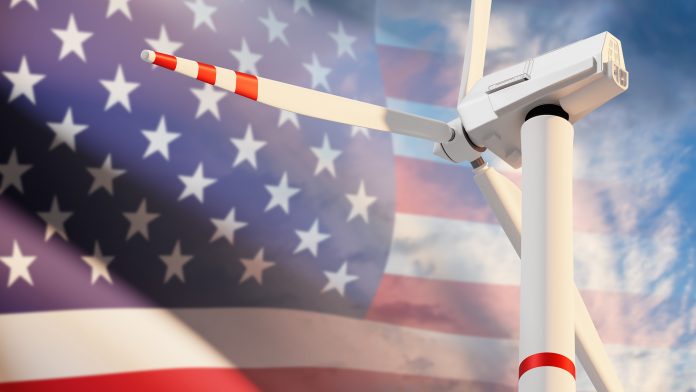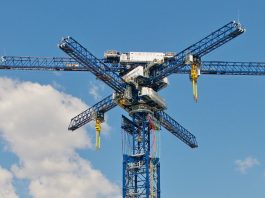The U.S. Department of Energy (DOE), the U.S. Department of Treasury, and the Internal Revenue Service (IRS) has announced $4bn in tax credits for over 100 projects across 35 states, which will accelerate a domestic clean energy supply chain and reduce greenhouse gas emissions at industrial facilities.
Clean energy projects selected for tax credits under the Qualifying Advanced Energy Project Tax Credit (48C), funded by President Biden’s Inflation Reduction Act, include large, medium, and small businesses and state and local governments.
All projects must meet prevailing wage and apprenticeship requirements to receive a 30% investment tax credit.
Investments in traditional energy communities will power a clean energy supply chain
Of the $4bn tax credits, $1.5bn supports projects in historic energy communities.
These projects will create good-paying jobs, lower energy costs, and support the climate, clean energy supply chain, and energy security goals of the Biden-Harris Administration’s Investing in America agenda.
“From direct grants to historic tax credits, the President’s Investing in America agenda is making the nation an irresistible place to invest in clean energy manufacturing,” said US Secretary of Energy Jennifer Granholm.
“The President’s agenda places direct emphasis on communities that have traditionally powered our nation for generations, helping ensure those communities reap the economic benefits of the clean energy transition and continue to play a leading role in building up the next wave of energy sources.”
DOE is partnering with the Treasury and the IRS to implement the Qualifying Advanced Energy Project Tax Credit (48C), which is funded by the President’s Inflation Reduction Act.
Established by the American Recovery and Reinvestment Act of 2009, the 48C Program was expanded with a $10bn investment under the Inflation Reduction Act of 2022.
At least $4bn of the total $10bn will be allocated for projects in designated 48C energy communities – communities with closed coal mines or coal plants.
48C Round 1 allocations and application overview
The DOE received approximately 250 full applications from projects requesting a total of $13.5bn in tax credits for the clean energy supply chain.
The size and scope of projects varied greatly, with applicants requesting tax credits ranging from under $1m to over $100m. They included:
- Clean energy manufacturing and recycling: Selected from applications requesting support for the buildout of US manufacturing capabilities critical for clean energy deployment and span clean hydrogen, grid, electric vehicles, and nuclear power
- Critical materials recycling, processing, and refining: Selected projects are investing in multiple electrical steel applications, lithium-ion battery recycling, and rare earth projects, all critical areas for maintaining a secure, reliable energy system and advancing the clean energy transition
- Industrial decarbonisation: Selected projects would implement decarbnorthation measures across diverse sectors, including chemicals, food and beverage, pulp and paper, biofuels, glass, ceramics, iron and steel, automotive manufacturing, and building materials. Low-carbon fuels, feedstocks, and energy sources are well-represented as a solution for decarbonisation across these projects
The 48C programme will help to catalyse the nation’s equitable transition to a clean, secure, affordable, and resilient energy supply chain, reduce industrial greenhouse gas emissions, and create high-quality jobs across the country.
For selected projects to receive the tax credit, information will need to be submitted to the 48C portal within two years to certify the project. Within an additional two years following project certification, the project must be placed in service.









